Advantages of using VHH antibodies for CAR engineering

CAR constructs consist of an external antibody-based targeting domain – typically an scFv antibody fragment consisting of heavy and light chains – together with a transmembrane domain and increasingly complex intracellular costimulatory domains.
More recently, we’ve seen the emergence of tandem CARs (TanCARs) with bi- or tri-specific antibody recognition domains, which increase specificity and reduce the likelihood of antigen escape.
However, the move towards the creation of more sophisticated CARs, both inside and outside the cell, is hitting the limits of what can be achieved with scFv targeting domains.
This shift from scFvs to newer, smaller modalities is exemplified by the recent clinical success and FDA approval of CARVYKTI™, a VHH-based anti-BCMA CAR-T therapy with bi-paratopic binding domains originally isolated from llamas. But we can go further still.
Our synthetic, humanised single chain VHH antibodies are a neat solution to the challenges of engineering next-generation cell therapies. Here’s why.
Small size
While it’s possible to design ever-more complex CARs, there’s a limit to how much exogenous DNA can fit inside the viral vectors used for immune cell engineering.
At just 336-375 bp (~12-16 kDa), our small-format single chain VHH antibodies are around half the size of scFv moieties (~25 kDa), making them an efficient solution for next-generation CAR engineering.
VHHs can be easily chained together to create bi- and tri-specific targeting domains, and can be transitioned to CAR format screening at an early stage for isolation of the most relevant leads.

Detecting hard-to-reach epitopes
Alongside their small size and easy multimerisation, VHH antibodies have another hidden advantage: an unusually long, finger-like CDR3 domain compared to conventional antibodies. This ‘magic finger’ is able to reach the parts of proteins that other antibodies can’t, detecting and binding partially obscured epitopes.
What’s more, Isogenica’s synthetic libraries allow us to actively select for longer or shorter CDR3 regions to focus toward differently shaped epitopes.
Single chain format and low immunogenicity
The first generation of CARs have been engineered using mouse scFv antibody fragments. However, this dual-chain structure can cause problems, especially when engineered in bi- or multi-specific formats, such as in Tan CARs.
VH/VL chain mispairing can affect antibody production, leading to low yields, and may also cause receptor aggregation, triggering tonic signalling and T cell exhaustion or apoptosis. Furthermore, the presence of mouse antibody sequences can trigger unwanted immune responses, limiting the effectiveness of the therapy.

Our three libraries of small format VHH antibodies are a neat solution to both problems.
Derived from camelids, VHHs are half the size of conventional scFv fragments and composed of a single, highly soluble, variable domain.
Unlike heavy or light chains from an scFv, the innate desire to pair with another chain is absent in these molecules due to preservation of key ‘hallmark’ residues that define VHH antibodies as a class, reducing the chance of ectodomain aggregation.
Unlike conventional mouse-derived monoclonal antibodies, even animal-derived VHHs are regarded to have low immunogenicity. In addition, Isogenica’s VHH antibodies are also available in humanised variants, making it possible to identify low-immunogenicity leads without the need for lengthy immunisation protocols or extensive protein engineering.
Check out our curated VHH resources to learn more about the advantages of this exciting modality in your CARs and get in touch for a chat with our experts to discover how we can help you with your ectodomain engineering challenges.
Contact us at bd@isogenica.com
